New technologies in human life can only be considered valid when they have more efficient energy-saving and environmentally friendly qualities than previous ones. Practically proved their right to exist plastic rings for the well. They displace heavy reinforced concrete structures, the installation of which is laborious and very costly. Products have simplified the process of arranging wells, and made the operation reliable and affordable.
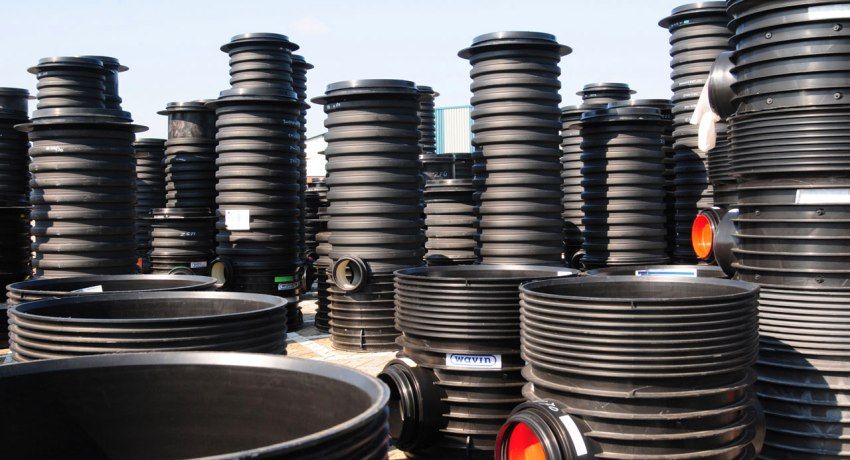
The variety of types of wells and their application
Polymer rings for wells firmly and securely entered into different spheres of human activity. Mounted from them wells provide industrial and consumer need. Based on the characteristics of the purpose, wells can be divided into the following types:
- classical. It is a source of drinking water. Traditionally, water is supplied by a pump or pumping station;

- sewer well. Mounted in the absence of sewage. At the bottom of the set kineta, on them into the soil waste water goes;
- drainage (absorption). This is a kind of sewer well, but without a throw. A layer of gravel or sand is poured on the bottom;
- cumulative. Serves to collect water, usually rainwater, which can be used for watering or other needs;
- telecommunication. Designed to accommodate the coupling sleeves and laying the stock of fiber-optic and power cable. Is established both in pedestrian, and in a transport zone;
- lookout. Designed to control and repair sewer systems. In it are mounted ladders, handrails and other devices that allow to descend to perform repair and maintenance work;
- septic tank Special treatment plant where wastewater is recycled in a sump. Underground filtration system decomposes without oxygen.
Helpful advice! To quickly and correctly select the desired version of the plastic well, it is better to use the finished configuration.
The appearance of plastic rings for wells has become a serious competition for the seemingly developed and maximally improved technology for laying concrete structures. Comparing the functions, labor costs and the final price of a plastic well, we come to the conclusion, that the advantages of the latter are obvious.
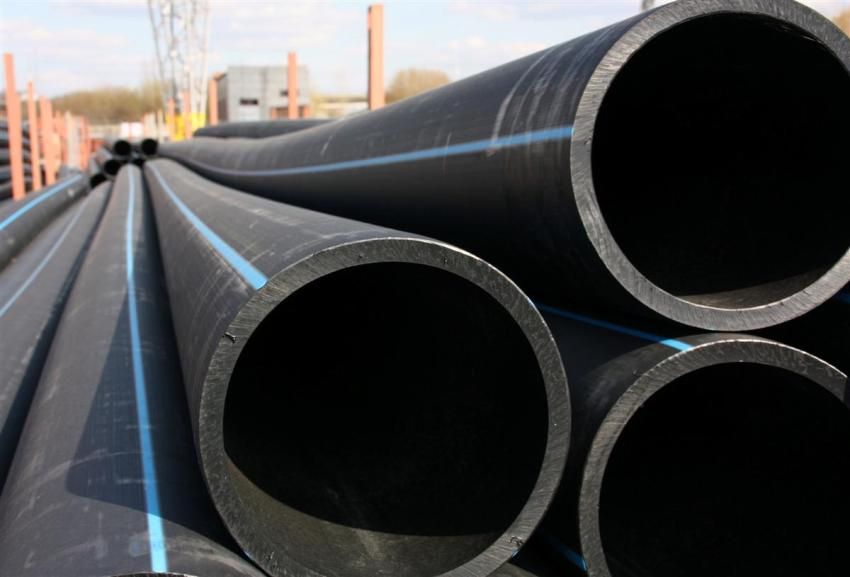
The weight of a polyethylene ring with an internal diameter of 900 mm, a height of 2 m and a wall thickness of 25 mm is 46 kg. A ring of reinforced concrete with an inner radius of 1000 mm, a wall thickness of 80 mm and a height of 890 mm weighs 600 kg. Such a weight, of course, will cause difficulties during transportation and installation.
Connections using thread, entry into the groove and silicone gasket create almost maximum tightness of plastic pipe assembly. The joints between concrete rings are sealed with cement mortar, which collapses over time.
Plastic rings are easy to cut. They can be made to individual sizes. Concrete produced only standard dimensions, they are not subject to change.
The presence of pores and grooves in concrete rings contributes to the creation of an environment for the development of bacteria. The inner side of the plastic rings is absolutely smooth, the presence of bacteria on the walls is excluded.

Negative attitude to the installation of plastic wells from environmentalists is not observed. Such designs have good functionality and have characteristics that meet modern requirements of sanitary standards and safety.
The main features of plastic wells:
- do not corrode;
- resistant to vibration and other mechanical stress;
- frost-resistant, transfer temperature drops;
- have a rigid structure;
- do not require additional processing;
- tight at the point of entry of pipes;
- quickly mounted;
- safe for the environment.
Important information! The price of plastic rings for sewage is much higher than concrete. But, given the cost of transporting and installing the latter, the total cost of the wells is almost equivalent.
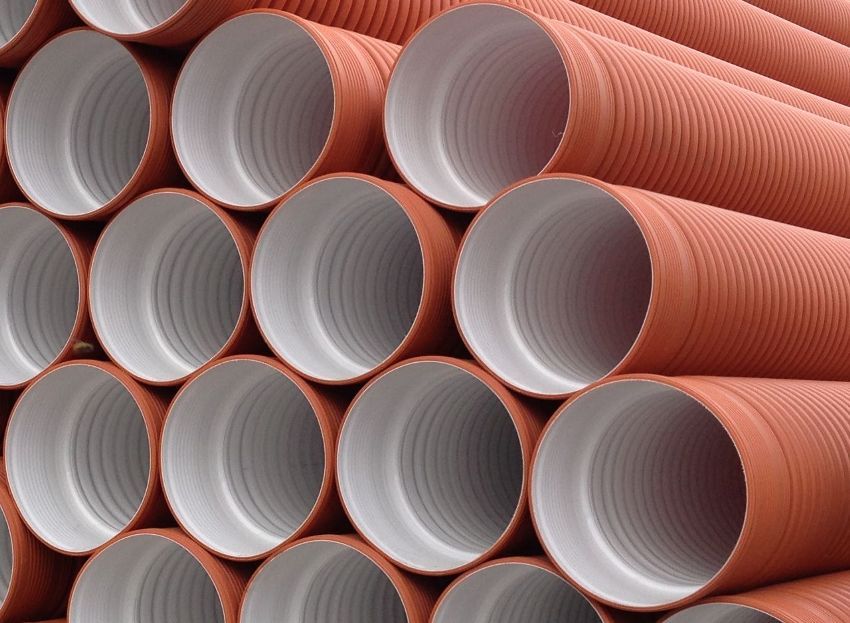
Rings for a well (sewer, switching, for drinking water and a septic tank) are commonly called in one word – “plastic”. Since wells from this material are used for various industrial purposes, in everyday life, to create drainage systems, since they operate in different soils and with different mechanical and thermal effects, they are made of different polymers.
For the manufacture of plastic well rings use:
- polyvinyl chloride;
- polyethylene;
- polypropylene;
- polymer-sand mixture.
Despite the overall high performance, the materials still differ in a number of features. Polyvinyl chloride fire retardant wells. This material is resistant to various chemical influences. Polyethylene products are best tolerate temperature drops, the freezing and thawing water does not deform the ring.
Polypropylene is used for installation in places where there is a constant mechanical or vibration effect on the structure. The material is plastic and the most wear-resistant. The polymeric and sandy well is characterized by almost absolute tightness.
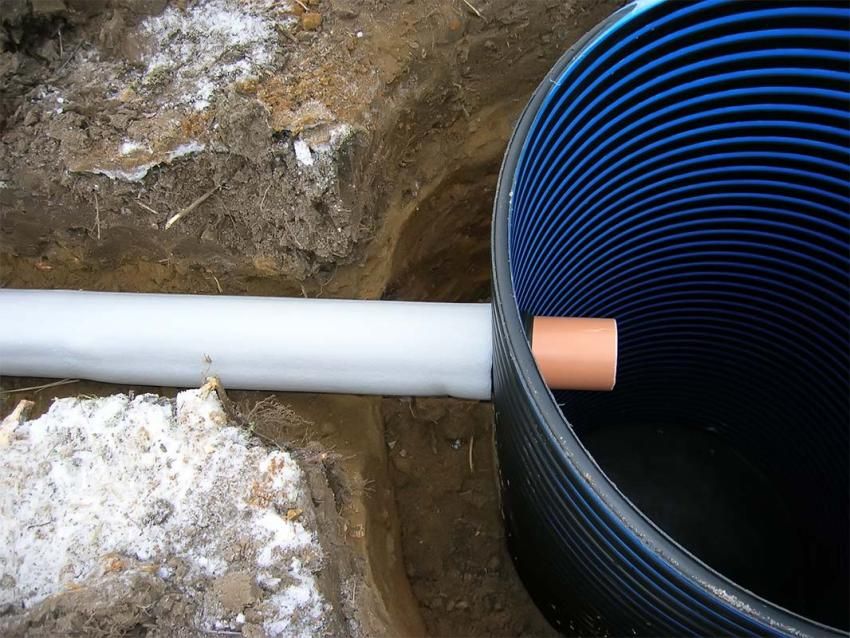
Helpful advice! When choosing rings for a plastic well, be sure to pay attention to the material of manufacture and compare its quality with the conditions of use and purpose of the well.
For drinking wells, in the absence of problematic soil, you can buy plastic rings. They are inexpensive and quite suitable for functional features. If the soil is unfavorable, you should buy a polymer well.
For a switching well, which is subject to constant mechanical stress (for example, a car drives in, drives out or is parked), it is better to purchase PVC rings. Their price is the highest, but only this material with no consequences withstands constant loads.
For a septic tank you can buy cheap rings made of polyethylene. The accumulation of gases does not deform and does not adversely affect the state of this polymer. The cost of acquiring a more durable material is superfluous.
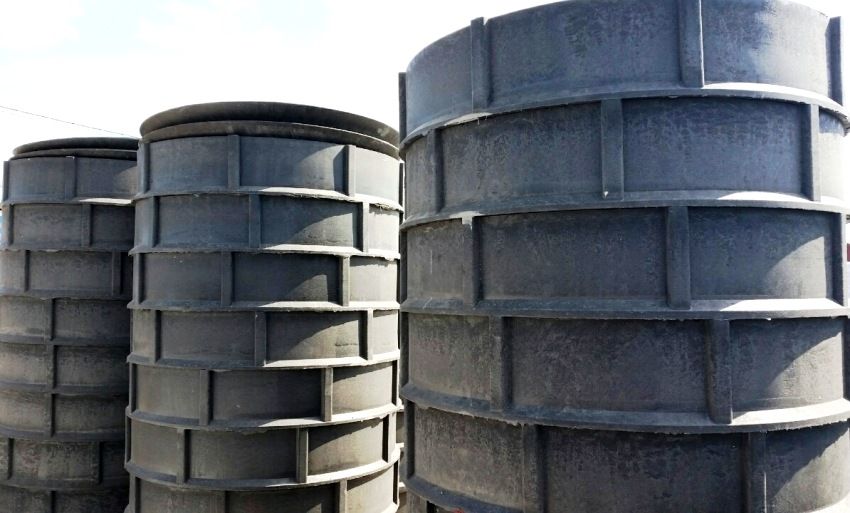
Constantly growing demand is provided by a choice of offers. Today, plastic rings for a well can be bought at any store selling sanitary equipment and plastic products. Choose a pipe from the desired material is not difficult.
The size of the well rings are different. The main indicators are diameter, height and thickness. The diameter of the rings varies from 400 to 1500 mm. It should be borne in mind that it should be 10 – 15 cm smaller than the diameter of the prepared mine.
Height is the second indicator by which rings should be selected. It is necessary to calculate this value, starting from the depth of the future well. Typical dimensions of the height of the rings – 500, 1000, 1500 mm.
The average wall thickness is 55 mm (some types of polyethylene rings have a size of 6, 8, 22 mm). The outer diameter of the rings ranges from 455 to 1555 mm. Dimensions make available load capacity and installation of plastic products.
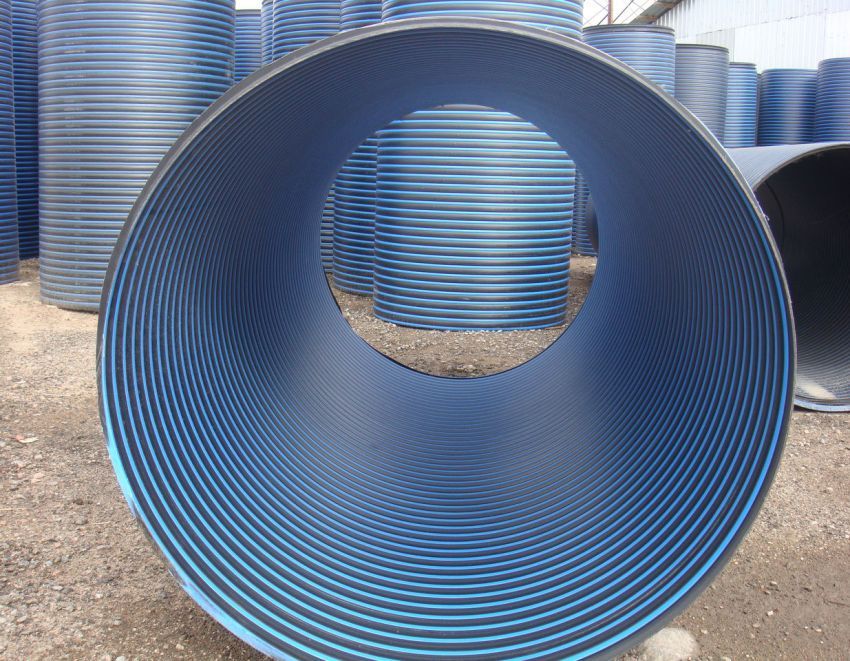
For arranging a drinking well, it is recommended to choose rings with a diameter of 680, 800 and 900 mm. For sewer, switching wells and drainage systems – 800, 900, 1500 mm.
Helpful advice! The deeper the shaft of the future well, the thicker the rings should be.
Collecting rings in a single design is not difficult. This process does not take much time and does not require significant training and a large number of participants. The connection of the rings is carried out in three main ways:
- twisting on the thread;
- hit in a groove and snap fit;
- by welding.
With properly technologically completed installation, all types of connections give a high degree of tightness. The first two methods are recommended to perform using silicone seals. Welding requires additional equipment.

One-piece plastic rings are also used when creating wells. They are actively used for the restoration of old concrete wells that can not be dismantled.
Such products are also used for the device septic tanks. The advantages of non-separable rings are:
- thickness from 6 mm (you can order the necessary);
- height can be up to 5 m (this greatly simplifies installation);
- diameter starts at 95 mm (allows you to equip the well).
Helpful advice! When buying plastic rings for a well, it is imperative to inspect their outer and inner surface. Non-uniform color of individual areas may indicate a violation of the density or the presence of deformations.
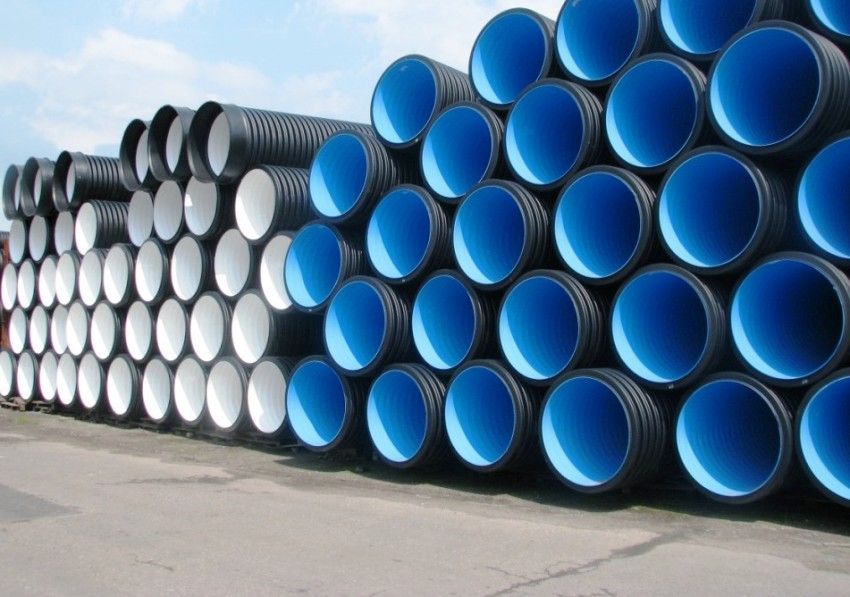
The construction of a plastic well, like any other project, should begin with planning. If the well is drinking, be sure to know how deep the water reservoir is and where it is closest to the surface. This will save the physical and material costs of the device and make it more convenient to use the well in the future.

Wells of plastic rings have become a significant step forward in the field of rational and reasonable improvement of living and working conditions. A worthy alternative to them today does not exist. Dimensions of structures, availability of installation in any terrain, high manufacturability, long service life make them the only reliable way to ensure the normal functioning of water supply, drainage and other utilities.

